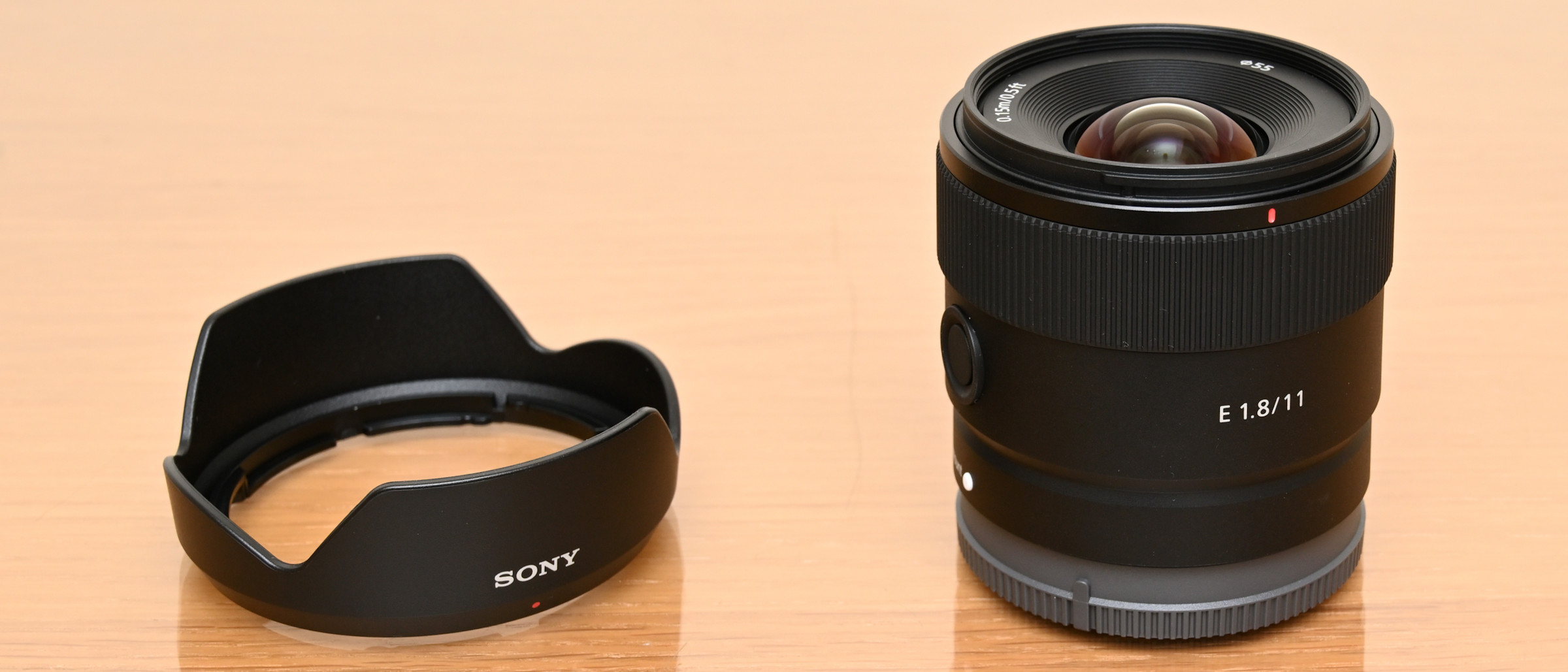Digital Camera World Verdict
Designed for Sony’s APS-C format E-mount mirrorless cameras, this ultra-wide-angle prime lens feels a perfect fit, thanks to its compact and lightweight build. It’s brilliant for landscapes, architectural interiors, astrophotography and vlogging, with intuitive handling and excellent all-round performance. It’s reasonably priced for an own-brand Sony lens as well, making it good value for money.
Pros
- +
Impressive edge-to-edge sharpness
- +
Customizable function button
- +
Multiple weather-seals
Cons
- -
No aperture control ring
- -
Hefty barrel distortion (uncorrected)
- -
Noticeable vignetting (uncorrected)
Why you can trust Digital Camera World
With Canon and Nikon reinventing themselves in the APS-C format mirrorless arena, and Fujifilm still being a force to be reckoned with, the E 11mm F1.8 strengthens Sony’s E-mount line-up of lenses. With an effective focal length of about 16mm in full-frame terms, it gives a generous viewing angle of 104 degrees, compared with the 94.1 degrees of the competing APS-C format Viltrox AF 13mm F1.4, which is also available in Sony E-mount.
Specifications
Mount: Sony E
Sony product code: SEL11F18
Full frame: No
Image stabilization: No
Autofocus: Yes
Lens construction: 12 elements in 11 groups
Angle of view: 104 degrees
Diaphragm blades: 7
Minimum aperture: f/16
Minimum focusing distance: 0.15m (AF), 0.12m (MF)
Maximum magnification ratio: 0.13x (AF), 0.2x (MF)
Filter size: 55mm
Dimensions: 66x58mm
Weight: 181g
See also: best lenses for Sony A6000 cameras
Key features
Designed to be equally capable at stills and movie capture, the Sony E 11mm features two linear stepping motors for super-fast autofocus in stills, along with smooth and virtually silent focus transitions for movies. The minimum focus distance of 0.15m shrinks to just 0.12m in manual focus mode enabling a tight depth of field at f/1.8 when shooting close-ups or using the lens for vlogging. An AF/MF switch is featured, plus a customizable autofocus-hold button.
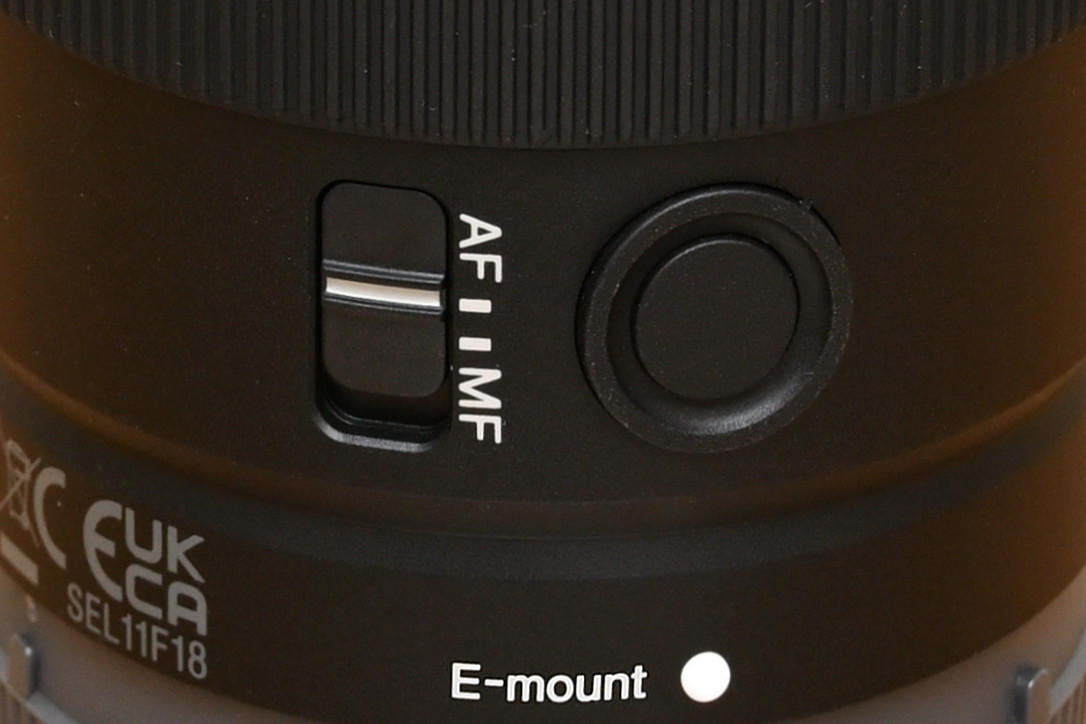
Quality glass includes three aspherical elements, aiming to optimize sharpness across the whole image frame and reduce field curvature. There are also three ED (Extra-low Dispersion) elements to reduce chromatic aberration and enhance clarity.
Build and handling
For an ultra-wide-angle lens, the Sony is remarkably compact and lightweight, which often counts as a major handling plus point. Indeed, it measures a mere 66x58mm and weighs in at just 181g. Unlike many ultra-wide lenses, it comes with a bayonet-fit hood, which allows for the inclusion of a filter attachment thread, in this case with a 55mm diameter. That’s another plus point if you like using landscape-friendly filters like ND grads.
Although small and lightweight, the lens feels solidly built and the construction includes multiple weather-seals. The manual focus ring has a very natural feel with a linear response, as well as enabling fine and precise adjustments. The customizable lens function button gives another handling benefit, typically assigned to autofocus-hold. However, unlike some Sony lenses including the APS-C format E 15mm F1.4 G, there’s no aperture control ring.
Performance
Although not quite as ‘fast’ as the competing Viltrox AF 13mm f/1.4 lens, the Sony delivers better wide-aperture sharpness towards the edges and corners of the image frame. Sharpness across the whole frame is impressive even when shooting wide-open at f/1.8. Both axial and lateral chromatic aberrations are negligible and resistance to ghosting flare is very good.
Vignetting is noticeable when shooting at wide apertures and barrel distortion is extreme. However, in-camera corrections are available for both of these aberrations. Indeed, there’s a growing trend for relying heavily on in-camera corrections in the designs of recent lenses for mirrorless cameras, among many manufacturers.
Sample images

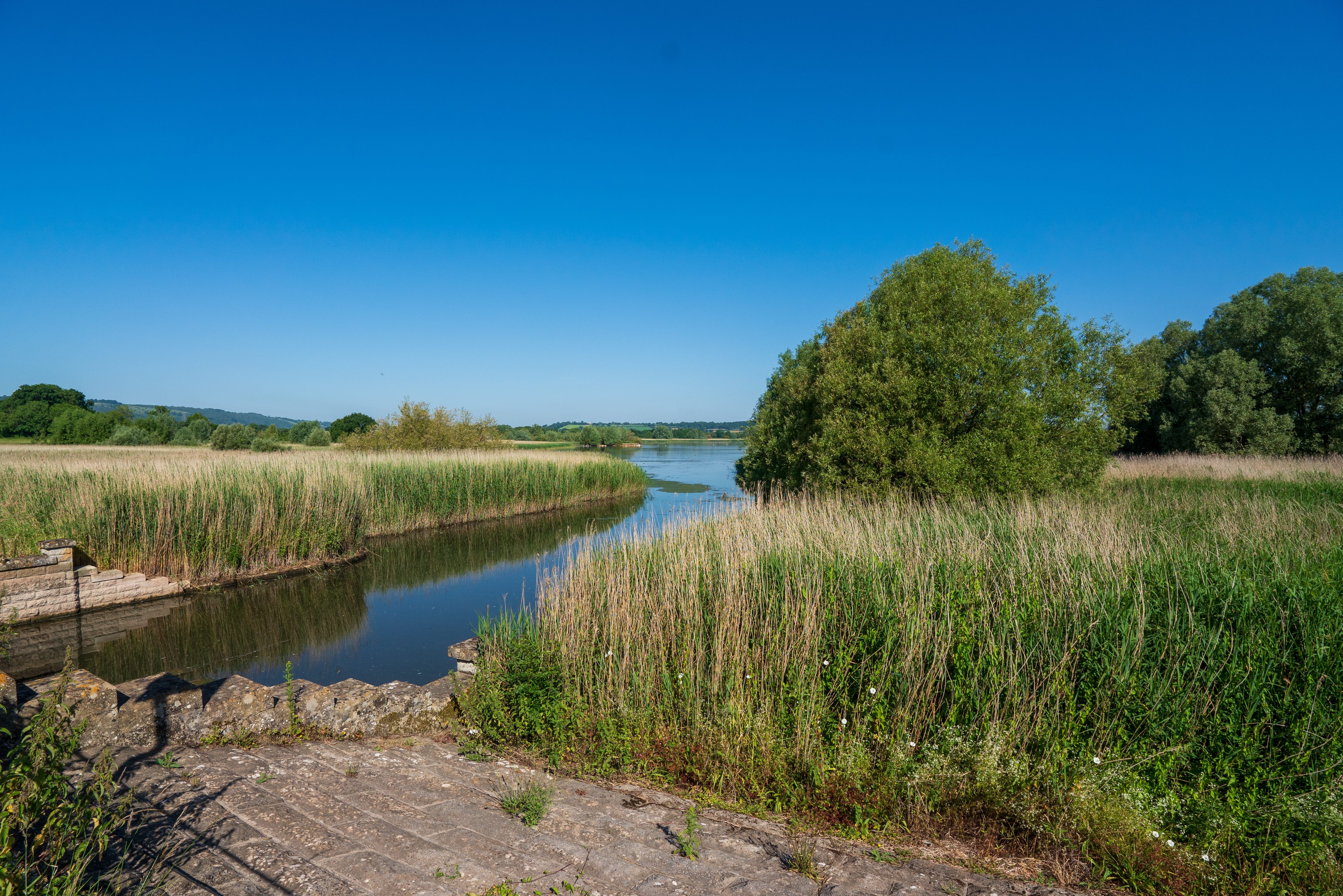
Lab results
We run a range of lab tests under controlled conditions, using the Imatest Master testing suite. Photos of test charts are taken across the range of apertures and zooms (where available), then analyzed for sharpness, distortion and chromatic aberrations.
We use Imatest SFR (spatial frequency response) charts and analysis software to plot lens resolution at the center of the image frame, corners and mid-point distances, across the range of aperture settings and, with zoom lenses, at four different focal lengths. The tests also measure distortion and color fringing (chromatic aberration).
Sharpness:
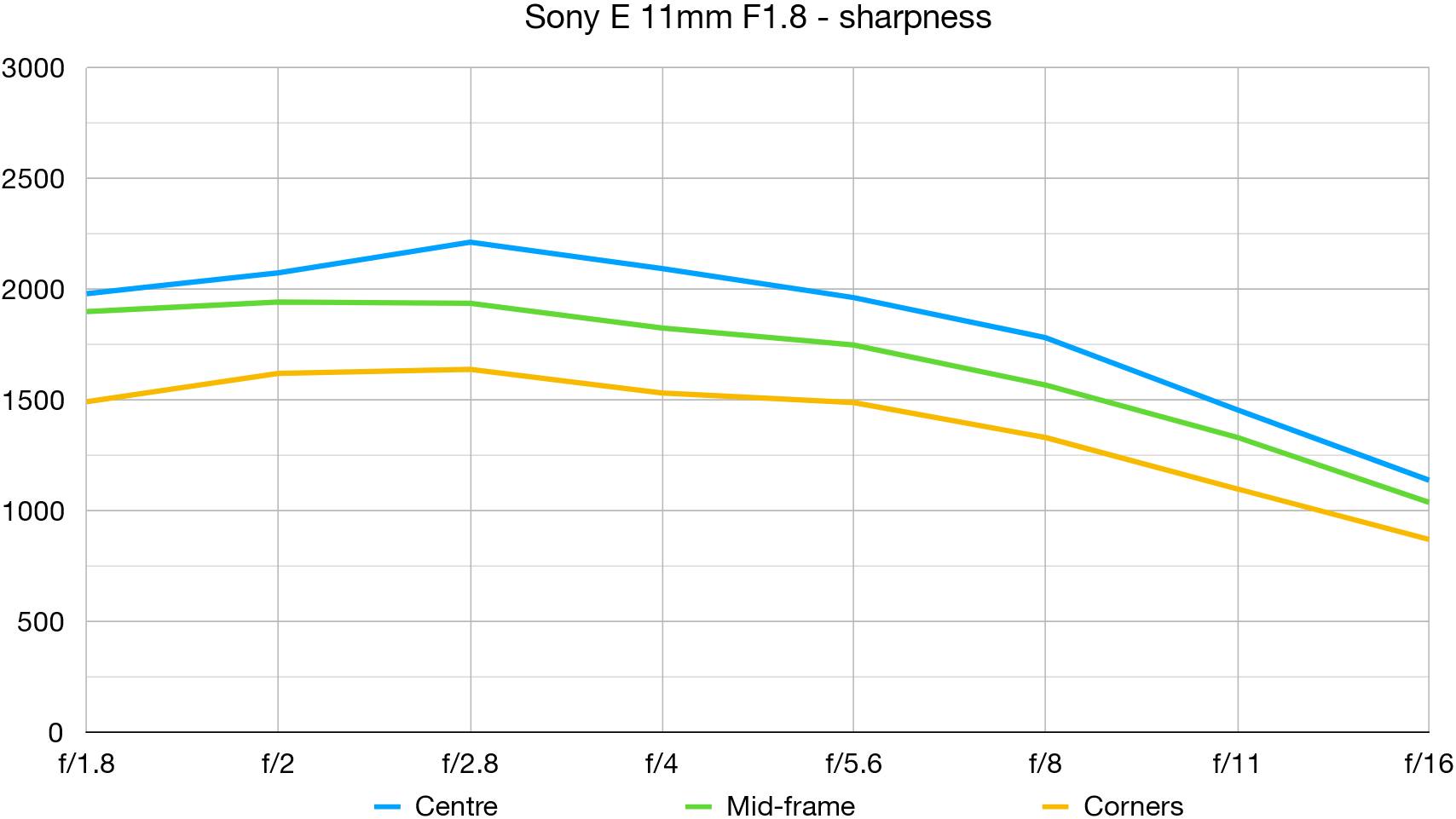
Sharpness is excellent across the whole image frame, even wide-open at f/1.8, and it’s even better at f/2.8. Levels of sharpness are pretty consistent throughout most of the aperture range but start to drop off at f/11, due to diffraction.
Fringing:
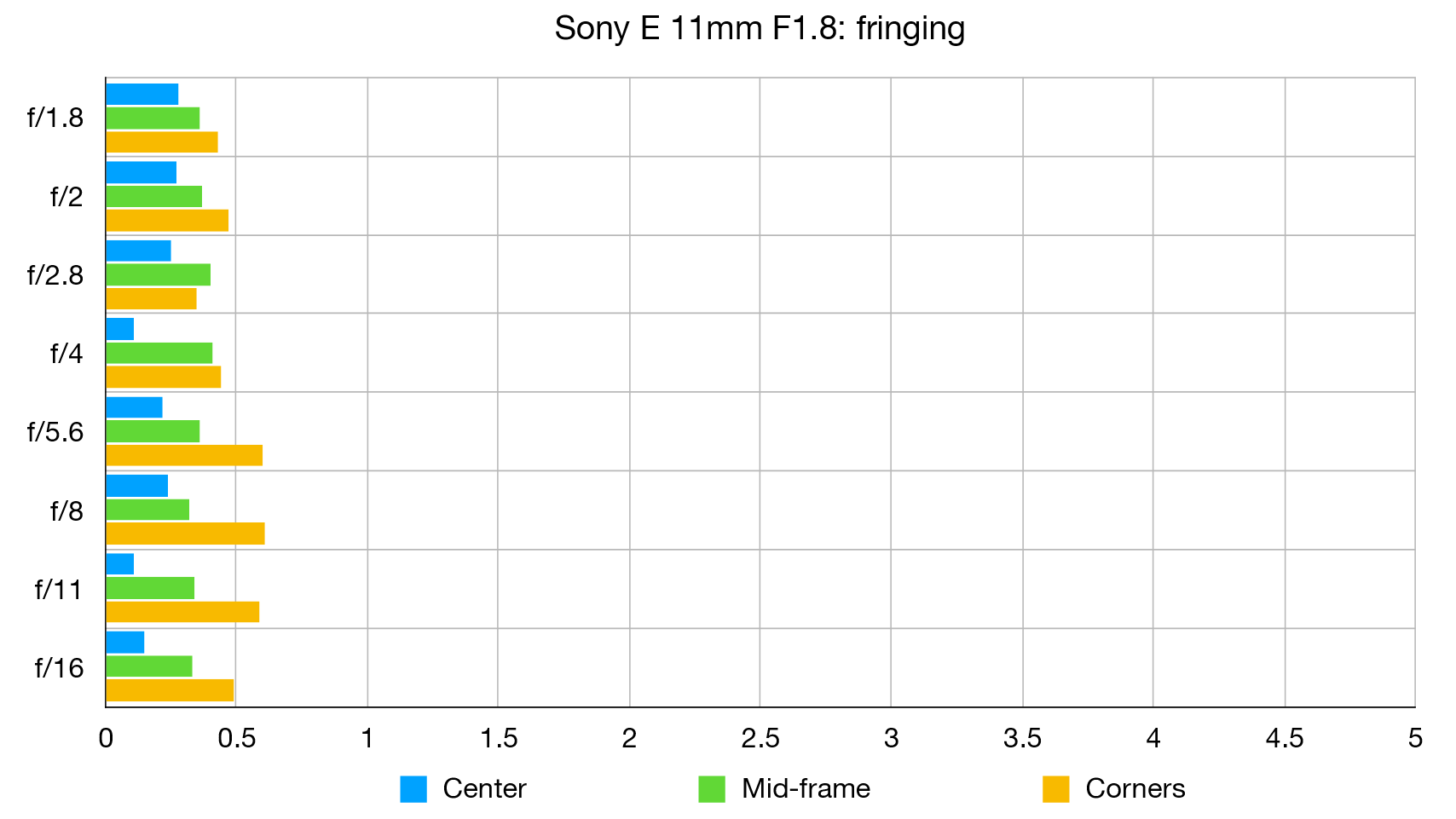
Color fringing is negligible across the entire image frame, and throughout the whole aperture range, even without using in-camera correction.
Distortion: -8.26
Barrel distortion is pretty appalling and, like many recent lenses designed for mirrorless cameras, the Sony E 11mm relies heavily on in-camera correction.
Verdict
Designed for Sony’s APS-C format E-mount mirrorless cameras, this ultra-wide-angle prime lens feels a perfect fit, thanks to its compact and lightweight build. It’s brilliant for landscapes, architectural interiors, astrophotography and vlogging, with intuitive handling and excellent all-round performance. It’s reasonably priced for an own-brand Sony lens as well, making it good value for money.
Read more:
• Best camera lenses to get
• Best Canon lenses
• Best Nikon lenses
• Best Sony lenses
Matthew Richards is a photographer and journalist who has spent years using and reviewing all manner of photo gear. He is Digital Camera World's principal lens reviewer – and has tested more primes and zooms than most people have had hot dinners!
His expertise with equipment doesn’t end there, though. He is also an encyclopedia when it comes to all manner of cameras, camera holsters and bags, flashguns, tripods and heads, printers, papers and inks, and just about anything imaging-related.
In an earlier life he was a broadcast engineer at the BBC, as well as a former editor of PC Guide.
